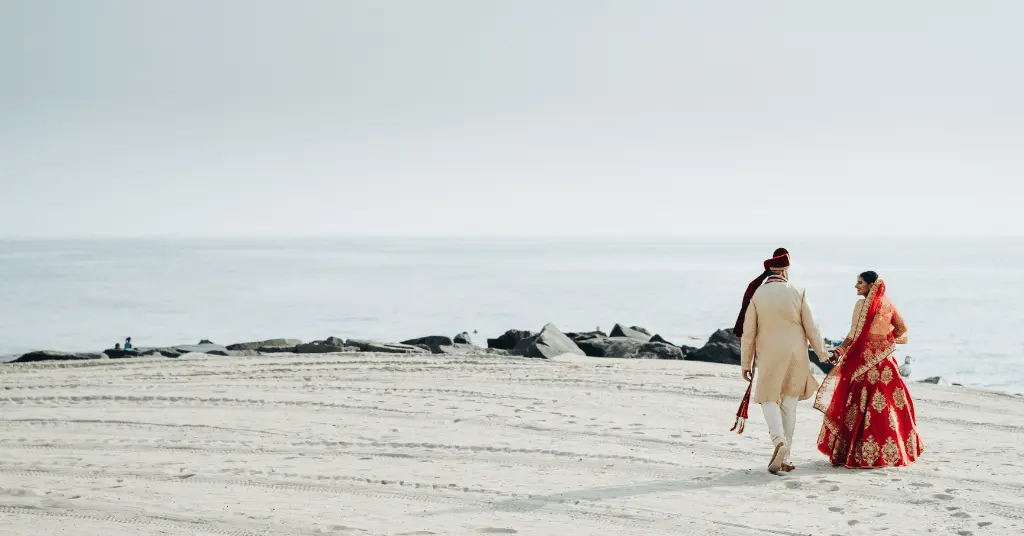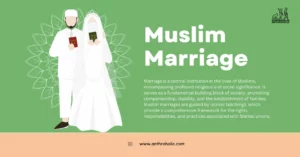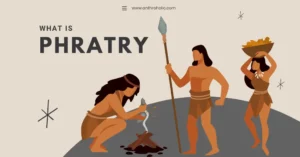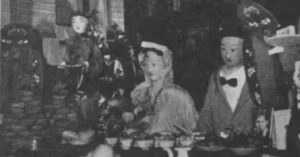AI Answer Evaluation Platform Live Now. Try Free Answer Evaluation Now
Hypogamy
Hypogamy is a rule of marriage that is the exact opposite of hypergamy. American sociologist Robert K. Merton describes hypogamy as a case of “women marrying down”[2]. In such cases, women of a higher social status enter a marital union with a partner from a lower social standing. As such, hypogamy has a sort of stigma attached to it.

Examples of Hypogamy
Hypogamy among Natchez Indians
The Natchez Indians were a Native American group with an unusual form of the caste system. The caste system was divided into two main groups: the “nobility” on one hand, and the “ordinary herd” (known as Stinkards) on the other. The nobility was further subdivided into three ranks- i) The Suns ii) The Nobles iii) The Honored People. In the dominant Sun group, membership in the caste was exclusively through females, and it was rigidly matrilineal and primogenitary, with the eldest son of the chief’s eldest sister succeeding him in office. The Sun caste followed a peculiar form of hypogamy. First, the Suns had to marry the Stinkards. Secondly, the children of the Sun men and the Stinkard women were Nobles, i.e. one rank below the Suns. Lastly, in the case of a marriage between a Sun woman and a Stinkard man, their children were “Suns”, however, the men were practically slaves to their wives and were required to die by strangulation, in case of death of their wives [2].
Hypogamy in India
Hypogamy or pratiloma in India is distinguished by the hallmark of caste. In India, women engaging in hypogamy were considered ritually impure and lost their original social standing or caste. In this case, a man arranged for his daughter to marry a man who is either of the same social class as him or of a lower social class [3]. As a result, it was traditionally constrained by the social norm of the time [5]. In Hindu culture, this is referred to as pratiloma. Pratiloma/hypogamy refers to intercaste unions that are not regarded favorably by society [3].
In India, a sort of institutionalized intermarriage known as hypergamy allowed males from higher caste groups to marry women from lower groups but not the other way around. Parents were required to marry their daughters into a caste group that was equivalent to or higher than their own, else, they were demoted to that section’s status. This rule was followed by several castes and was highly developed among the Rajputs and Rarhi Brahmans. In fact, there was undoubtedly a tendency toward hypergamy among all Hindus [2].
The Rise of Educational Hypogamy
Educational hypogamy refers to women choosing partners with lower levels of education. In Western societies, hypogamy is a relatively recent development. Hypergamy has been the norm in marriages during the 20th century i.e., when spouses had differing educational backgrounds. Hypogamy was considered more of a rare form of couple pairing. Present research shows that women are increasingly choosing partners who have lower socioeconomic status, and hypogamy is becoming a less uncommon type of marriage or partnership [1].
In the West, an increase in women’s education has acted as a catalyst to the shift from hypergamy to hypogamy. Furthermore, the economic empowerment of women and declining parental involvement in marriage has led to women preferring marital partners that are quintessentially unconventional [4]. The increase in hypogamy could be seen as a new development in what is recognized as the gender revolution [1].
Similarly in India. educational hypogamy is on the rise, especially among lower caste groups and where women obtain greater levels of education. According to K. Sarkar (2022), educational hypogamy is more common among women who belong to a higher socio-economic status (not caste), i.e. women who are highly educated, who marry at later ages, and who also happen to have had exogamous marriages, both in terms of caste and/or occupation. Higher-caste women are likely to take part in hypogamy in terms of education and caste only when their husbands have better occupations [4]. On the other hand, women from lower caste groups seem to be marrying partners with lower educational levels to marry into a higher caste group [4]. This trend is most visible among women from SC, ST, and OBC groups who choose husbands from the general caste groups [4].
References
[1] Corti, G. (n.d.). EDUCATIONAL ASSORTATIVE MATING AND THE RISE OF HYPOGAMY: CAUSES AND CONSEQUENCES [Ph.D. Dissertation]. University of Trento.
[2] Davis, Kingsley. “Intermarriage in Caste Societies.” American Anthropologist, vol. 43, no. 3, 1941, pp. 376-395, https://doi.org/10.2307/663138. Accessed 19 Feb. 2023.
[3] Kapoor, Kumar. et al., “Anthropology Social-Cultural Anthropology.” E Pathshala, https://epgp.inflibnet.ac.in/epgpdata/uploads/epgp_content/anthropology/02._social_cultural_anthropology_/13._marriage_rules_marriage_payment/et/7130_et_et_13.pdf
[4] Sarkar, Koyel. “Can Status Exchanges Explain Educational Hypogamy in India?” Demographic Research, vol. 46, 2022, pp. 809–48. JSTOR, https://www.jstor.org/stable/48677043. Accessed 19 Feb. 2023.
[5] State Council of Educational Research and Training (SCERT), Kerala (Ed.). (2016). Marriage Family and Kinship. In Higher Secondary Course Anthropology. https://samagra.kite.kerala.gov.in/files/samagra-resource/uploads/tbookscmq/Class_XI/Anthropologyfinal/Anthropology.pdf




